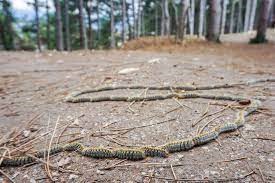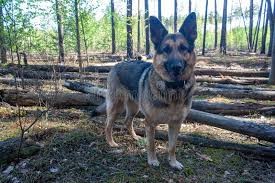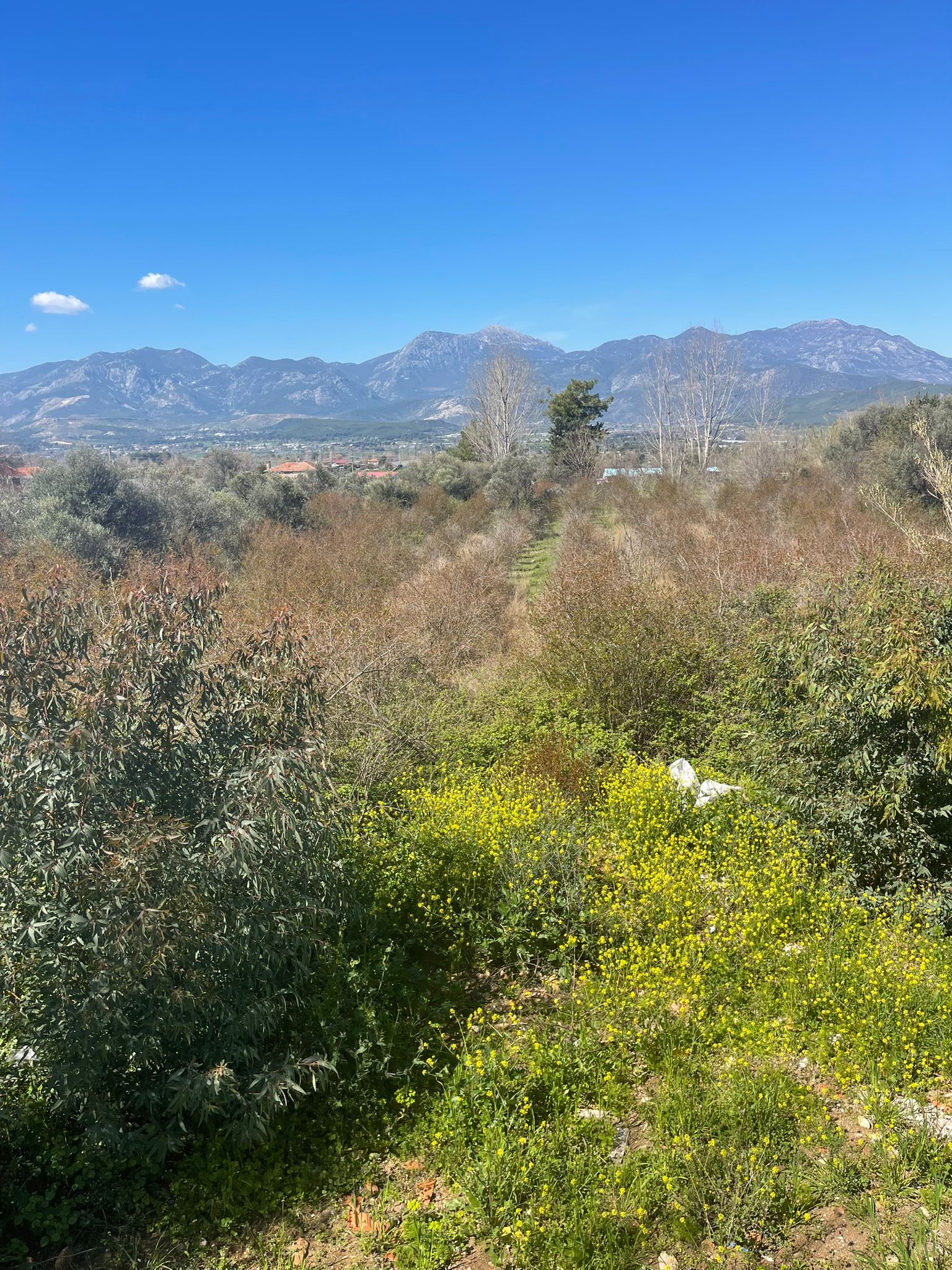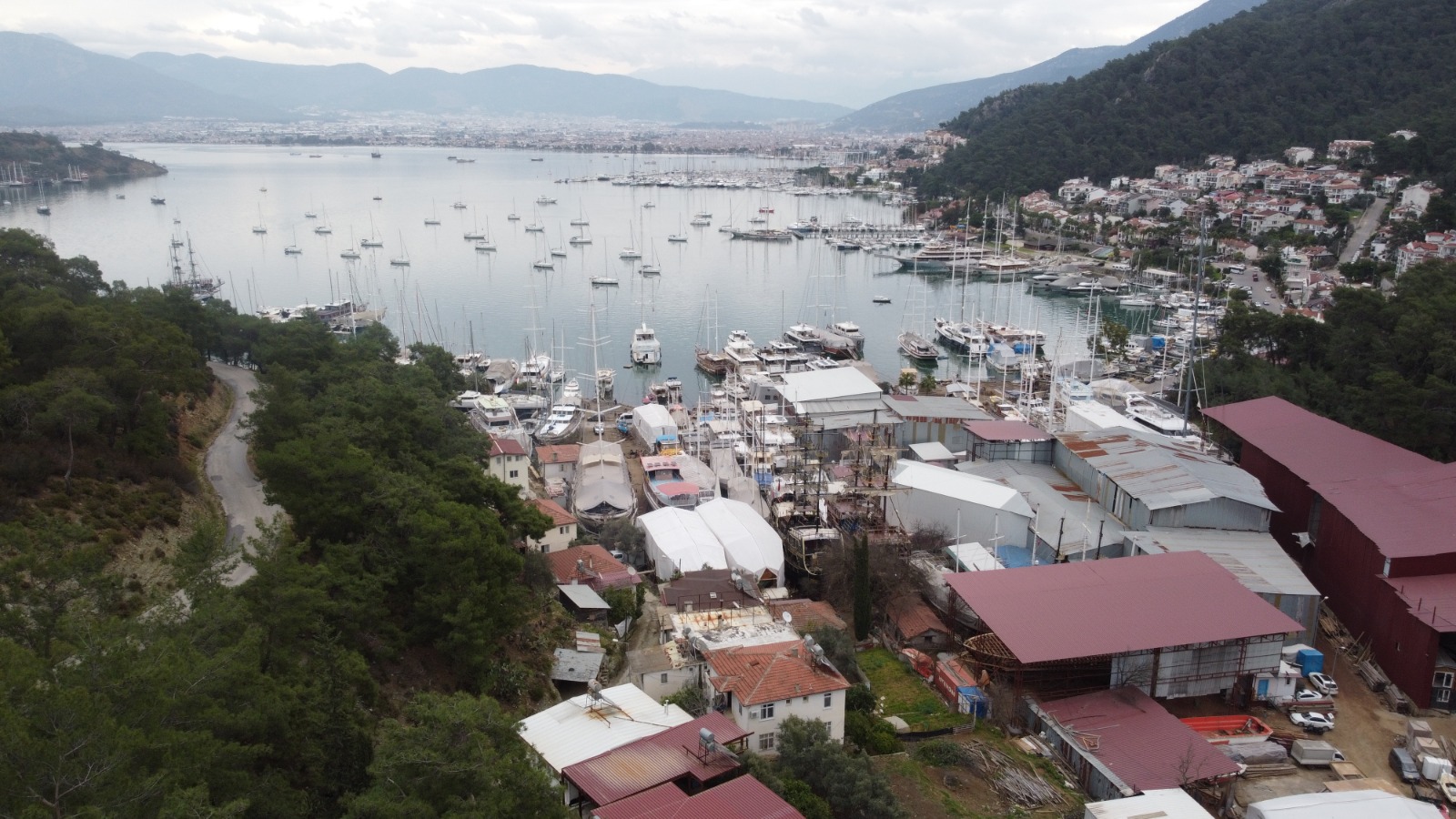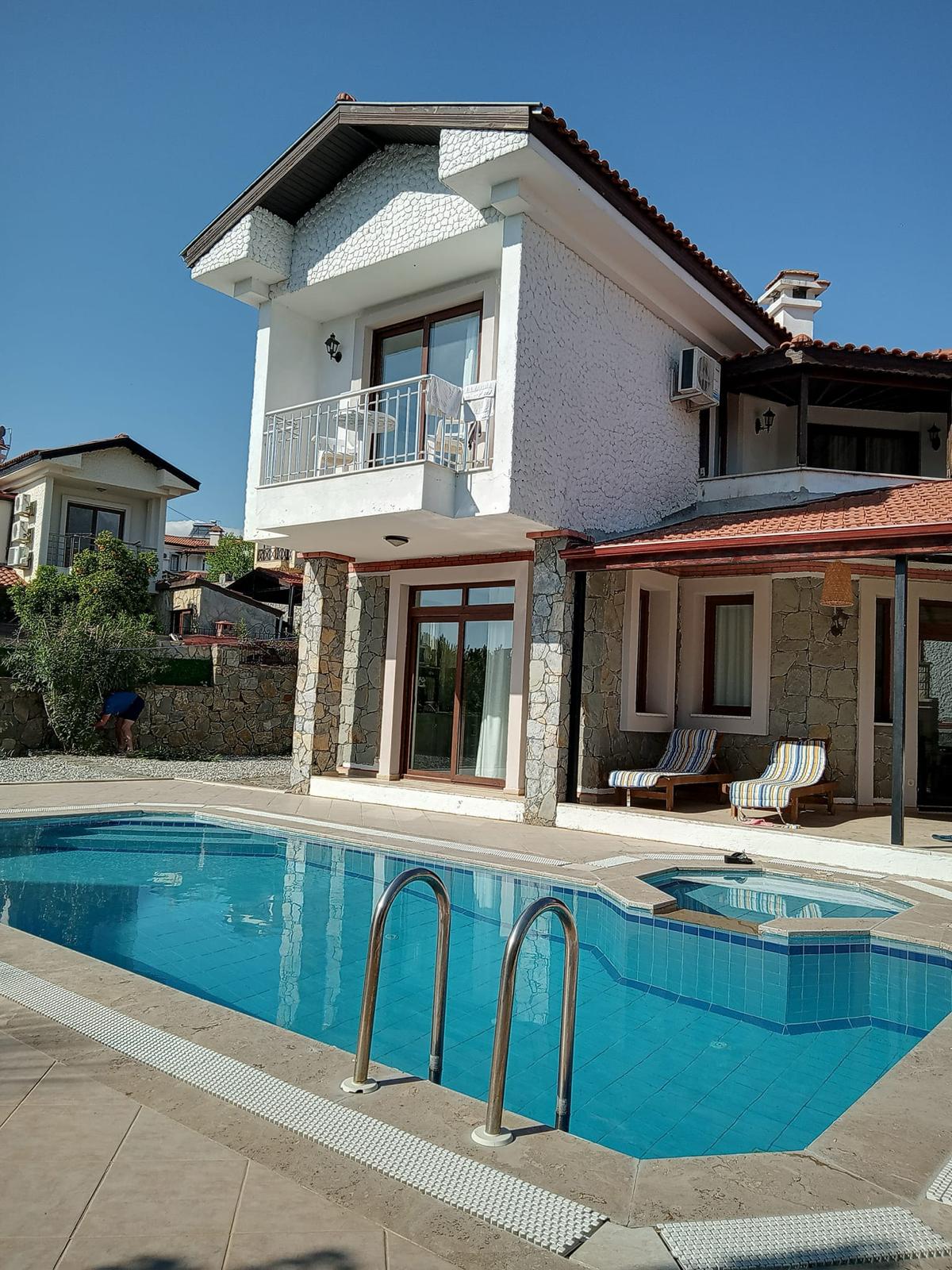
Look Up, Look Down, There’s Caterpillars Around!!
Look Up, Look Down, There’s Caterpillars Around!!
One of our favourite pass times in the beautiful country is walking. Let’s face it we are spoilt for choice of places to go. This time of year is perfect weather for a walk on the beach, by the many canal systems or forest tracks. But have you ever noticed the candy floss/cotton candy/spider web white cocoons in the pine trees? Many people don’t as we are too busy admiring the scenery in front of us, but next time you are out for a walk, look up.
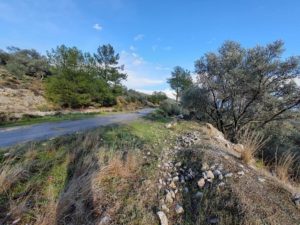
So why should we mention this to you?
Well we know how many of you are animal lovers and make the most of any opportunity to get out their and explore with your four-legged friends. So you need to know………. these furry little things can be dangerous to both humans and animals!
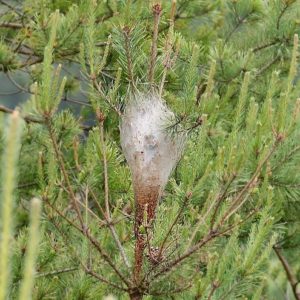
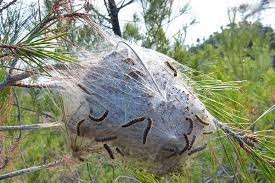
So what are these pods?
They are the pine processionary caterpillar and is considered one of the most important plagues on Mediterranean pines, although it can affect other trees as well. They get their due to the characteristic way hey move from the tree to the ground during their migratory phase. The species build their nests high in pine trees over winter and then proceed through the woods in nose to tail columns.
The lava is classed as a major forest pest, besides damaging trees, the pine processionary caterpillar can cause health issues to humans and animals (Cats, dogs, ferrets etc). They have hairs that contain an irritant chemical and use this to protect themselves from their predators. Simple contact with the hairs can cause severe rashes and eye irritation in humans and other mammals and some individuals may have an allergic reaction. The most frequent result in animals are swellings in the area of the mouth. In the most serious cases, they might lose part of the tongue and lips, or even suffer asphyxia
To avoid the risk of contact you may need to know about their life cycle. At the end of the summer the eggs are laid on the leaves of the trees and the caterpillars hatch out 4 weeks later. They then build their nests and stay there over winter, migrating to the ground in the spring when the temperatures start to rise
How to tell if your pet has had contact with a processionary caterpillar?
- They may appear nervous
- Their lips, mouth and tongue itch or appear swollen
- They may salivate more than usual or swallow too quickly (If there is contact with the inside of the mouth)
- Inflammation of the eyelids and ulcers in the cornea (hairs from the caterpillars can be carried from the nest by the wine)
- Inflammation of the nasal cavity – caused by the animal sniffing the caterpillar or the nest.
- If your pet should swallow/eat a pine processionary caterpillar this can compromise their breathing and be fatal.
Therefore, we strongly advise to be vigilant and therefore, if you suspect that your pet has been in contact with pine processionary caterpillars, our advice is to take them immediately to a veterinary clinic where they will evaluate the seriousness of the injuries, and prescribe the most suitable treatment.
